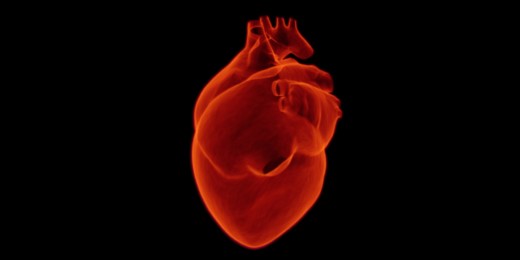Heart failure can have many different causes. Genetics can increase the likelihood of developing the condition, as can lifestyle factors such as diet, smoking and the lack of exercise.
Sometimes there may be nothing you can do to stop heart failure, but there are often steps that can be taken to slow its onset and progression. This blog post will detail some of the most common risk factors for developing heart failure.
Let's check in on Mr. J, a 72-year-old former construction worker:
Mr. J has diastolic heart failure. Recall that diastolic heart failure is a condition where the left ventricle is unable to relax due to muscle stiffening and thickening. This means that the heart chamber is unable to fill with enough blood to meet the body's needs when it's pumped out of the heart.
His heart failure was most likely caused by the stress his heart takes on from long-standing diabetes and high blood pressure. Diabetes can affect the heart due to the high blood glucose, which can damage blood vessels. High blood pressure causes the heart to work against additional pressure each time it pumps, eventually leading to a weakened heart. For decades, these conditions have eroded the ability of Mr. J's heart to adequately supply the body.
In addition to the factors that led to Mr. J's heart problems, we will also explore other risk factors associated with developing heart failure.
Coronary artery disease
One of the most common causes of heart failure is coronary artery disease, a type of heart disease.
The coronary arteries branch off of the aorta, which is the largest artery and supplies the body with oxygenated blood. The coronary arteries are responsible for giving the heart its own blood supply. In coronary artery disease, these arteries may start to build up with cholesterol and fatty deposits. Over time, these deposits can harden and calcify, which blocks the heart's blood supply.
If the blood flow becomes completely obstructed, a heart attack can occur. While complete blockage leads to extensive heart damage, partial blockage with inadequate flow can result in local damage. If the heart is not receiving needed oxygen and nutrients, parts of it start to die and will ultimately become non-beating scar tissue.
These dead parts can eventually lead to heart failure either through reduced squeezing power or by adding stiffness that prevents adequate filling of the heart's chambers. While heart attacks often produce severe chest pain, they can also produce no symptoms in the case of a "silent" heart attack.
High blood pressure
High blood pressure can also lead to heart failure. Normal blood pressure is below 120/70.
While an increase in blood pressure is a regular response to exercise or stress, chronic high blood pressure -- 130/80 or higher -- for extended periods of time can stress the body's circulatory system.
The higher pressure in the blood vessels causes the heart to pump harder to keep the same amount of blood circulating. Over time, this takes a toll upon the heart causing the muscles of the chambers to not function properly.
High blood pressure itself can result from many factors:
- Stress
- Older age
- Weight
- Alcohol & tobacco use
- Diabetes
- Chronic kidney disease
- Physical inactivity
- Diets high in salt
- Cardiovascular disease
Cardiomyopathy and other factors
Cardiomyopathy refers to damage to the heart muscle that can result from many different causes. The most common causes are from coronary artery disease and high blood pressure.
There are other causes of heart failure, including genetic inheritance, alcohol abuse, toxin exposure, viral infections, stimulant drug abuse, diabetes, obesity, and complications during late pregnancy.
Obesity and diabetes are common conditions that can make heart failure more likely to occur. Patients with diabetes are also more likely to develop high blood pressure and coronary artery disease.
Many of the risk factors discussed in this blog have common causes that begin from similar underlying issues. Healthy lifestyle habits -- like eating a balanced diet, getting enough weekly physical activity, and not smoking -- are crucial, not just for managing, but also preventing heart failure. Heart failure is rarely an isolated disease. The same lifestyle modifications recommended for those with heart failure, are also good general healthy life practices.
This is the fourth in a series of blog posts, Demystifying Heart Failure, to help patients and family members better understand and help mitigate heart failure. The next blog will focus on dietary habits.
Min Joo Kim is a master's degree student in Community Health and Prevention Research at Stanford studying the patient experience for those with chronic conditions and identifying barriers to treatment. Randall Stafford, MD, PhD, professor of medicine, focuses on strategies to improve chronic disease treatment, including engaging patients in their own health care.
Image by Tumisu






